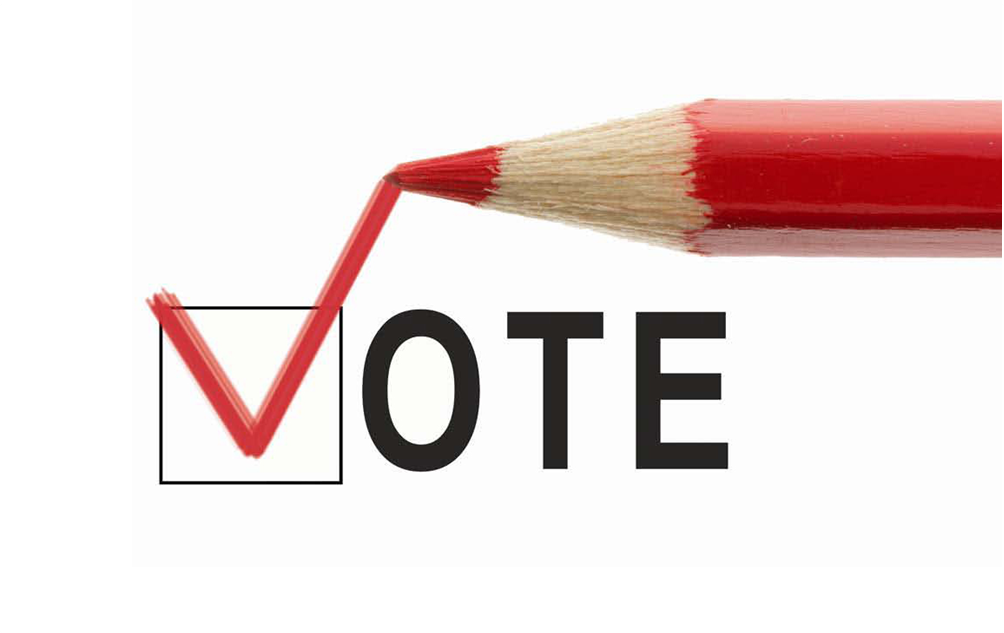Facing Expensive and Lengthy Litigation, Many California Public Agencies are Moving to District-Based Elections
By Thomas Rice, Best Best & Krieger LLP
California’s local election landscape is shifting.
Confronted with threats of drawn-out litigation under the California Voting Rights Act and costly settlements, cities, counties and other public entities statewide are embracing new district-based voting systems theoretically designed to more widely represent ethnically diverse populations.
A Mounting Problem for Agencies
Adopted in 2001, the CVRA expanded upon the federal Voting Rights Act of 1965 with the goal of preventing the marginalization of minority voters and increasing opportunities for minorities to elect a representative of their choice.
Historically, federal voting rights challenges had failed in California where plaintiffs struggled to demonstrate that ethnic groups are sufficiently concentrated to form their own majority district. Although modeled after the FVRA, the CVRA explicitly removed key standards that plaintiffs must prove under federal law — making it easier for private parties to challenge at-large elections.
The state’s counties and largest cities, including Los Angeles and San Diego, already elect officials based upon geographical districts. But smaller agencies, some of which have populations of just a few thousand voters, typically have every voter weigh in on all candidates.
The CVRA’s broad standards have made racially diverse cities and agencies with few minority officials that hold at-large elections highly susceptible to challenges. These election systems can be exposed to litigation based exclusively on proof that racially polarized voting occurred. Simply, the law says racially polarized voting occurs when different racial groups vote contrarily to one another — an extremely low threshold.
Challenges so far haven’t proven successful for agencies in court.
The first major lawsuit filed under the CVRA came in 2004 and sent a loud message to cities.
The City of Modesto was sued by a group of Latino voters claiming the city’s at-large voting system for electing city council members diluted their votes. The complaint alleged the system, coupled with a history of racially polarized voting, prevented Latino voters from electing an officeholder of their choice.
Modesto challenged the claim, arguing that the CVRA was unconstitutional. A decisive ruling came in late 2006 when a Court of Appeal sided with the plaintiffs and upheld the State’s voting rights law. The City appealed to both the California and the U.S. Supreme Courts, but upon their refusal to hear the case, settled.
In the end, Modesto settled for about $3 million and switched over to by-district elections.
More recently, the City of Palmdale engaged in a three-year legal battle over its voting system and the results of its November 2013 city council elections. In a show of the range of remedies, and overall power courts have in these cases, the trial court issued a preliminary injunction prohibiting the certification of the City’s election results.
While ultimately able to certify the results, the City settled and agreed to hold district elections for all four of its council seats in 2016. It also paid some $4.5 million in attorney’s fees, not including its own.
A Challenge to the CVRA
Recently the Act itself, and its constitutionality, has also come into question.
In October, former Poway Mayor Don Higginson filed a federal lawsuit against the Attorney General and the City of Poway challenging the CVRA and the City’s newly adopted district maps. The lawsuit, takes a CVRA provision to task that has led several agencies to move away from at-large voting methods.
Higginson asked for a preliminary injunction that could halt voting changes being made statewide.
The lawsuit questions the CVRA’s constitutionality under the 14th Amendment’s Equal Protection Clause, which, Higginson’s lawyer writes, prevents a state from “separating its citizens into different voting districts on the basis of race.” He is being represented by the nonprofit The Project for Fair Representation that has argued voting rights cases before the U.S. Supreme Court.
Poway hesitantly switched to district elections last month after receiving a demand letter from Malibu attorney Kevin Shenkman threatening litigation if the City didn’t change its voting system.
In his letter, Shenkman claimed the City was in violation of the CVRA by discriminating against Latino voters. Shenkman, whose firm successfully represented plaintiffs in a voting-rights case against the City of Palmdale, has sent similar letters to many other California communities.
At the time of writing, Higginson’s motion for a preliminary injunction is set to be heard by the court in January 2018. Already, several other agencies have filed amicus briefs in the matter.
Legislative Signs of Hope
Regardless of the outcome of Higginson’s lawsuit, recent legislation offers some hope to public agencies.
When the law was initially passed, cities had no option but to put voting method changes up to voters.
This was the case in the City of Highland. In 2014, the City placed the matter into the hands of voters. But when the transition to by-district elections was rejected, the City was sued. A court eventually ordered the transition and chose the plaintiff’s proposed district map over the City’s proposed map, despite the City’s entitlement to deference in such matters.
Assembly Bill 493 sought to streamline the transition process by authorizing legislative bodies of cities with fewer than 100,000 people to adopt an ordinance moving away from at-large elections without voter approval. In 2016, Senate Bill 2220 went a step further and deleted the previously set population limit.
Prior to AB 350’s passage in September 2016, there was no timeline for public agencies to rectify a voting system before plaintiffs could move forward with a lawsuit and plaintiffs could file suit even without first warning the public agency. Because of the CVRA’s pro-plaintiff slant, public agencies were often forced into very expensive settlement negotiations with aggressive plaintiffs who knew the law worked in their favor.
AB 350 set a clear process for transitions to district-based elections, including:
- A plaintiff must send a letter and wait 45 days before filing a lawsuit;
- A public agency may pass a Resolution of Intention, indicating its intent to transition to district-based elections;
- If an agency adopts a Resolution of Intention, it has 90 days to adopt a transitioning ordinance;
- An agency must hold two public hearings before maps are drawn;
- An agency must hold two public hearings after maps are drawn;
- An agency must then adopt an ordinance and
- If an agency follows the process for transition, recovery for a prospective plaintiff’s work to produce a demand letter is capped at $30,000.
If your agency receives a demand letter, here is a list of recommended actions:
- Act fast: Agencies are granted a 45-day safe-harbor period to decide how to proceed. Given the short timeframe, don’t put action off.
- Get an attorney involved: Then, call a closed session to brief the governing body. Receiving a letter alleging a CVRA violation can be considered “significant exposure to litigation” and warrants a closed session. Gauge the body’s sense of direction — do officials want to fight the allegations or transition from at-large to district-based elections?
- Assess the risk: Hire a demographer immediately to evaluate likely risks under the CVRA.
- Have a flexible schedule: Build flexibility into the schedule to give the agency time to act and make needed adjustments. As mentioned above, if transitioning to by-district elections, the body must adopt an ordinance. This triggers the 90-day (litigation-free) period that will include public hearings, district maps drawing and the eventual adopting of the by-district election system by ordinance.
- Monitor the politics: Try to avoid making assumptions with your elected officials. These issues can be highly political, extremely sensitive and can cut to the heart of local politics.
It’s important to note, timelines are tight and the risk of litigation high. There isn’t time to spare in responding to demand letters. Move quickly, efficiently, and schedule in time to make adjustments. Learn more by watching a recent webinar by clicking here.
[divider] [/divider]

Thomas Rice, an associate in the Municipal Law, Special Districts and Labor & Employment practice groups of Best Best & Krieger LLP, provides services to cities, special districts and private clients across Southern California. Based in the firm’s Ontario office, he serves as assistant city attorney for the Cities of Azusa and Ontario and as assistant town attorney for the Town of Apple Valley. He can be reached at Thomas.Rice@bbklaw.com.





